Block format business letter template
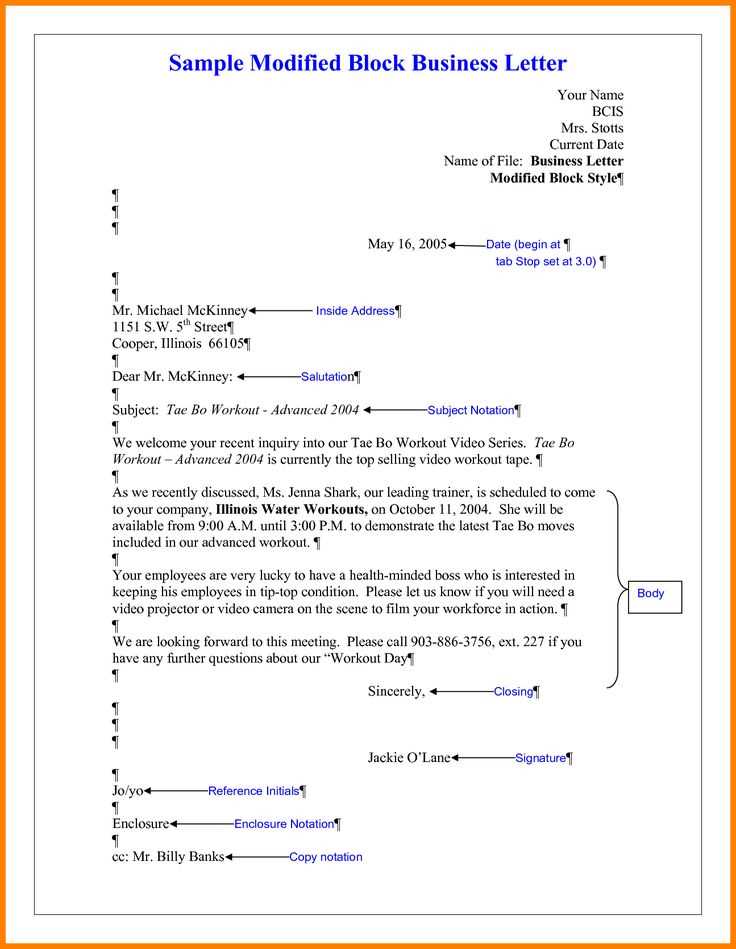
Use this simple and clean block format to write your business letters. This structure provides clarity and professionalism, making your communication efficient and easy to read. Follow this template for consistency in your formal correspondence.
Key Elements

- Sender’s Address: Place your address in the top left corner, without including your name. Add your street address, city, state, and zip code.
- Date: Skip a line after your address and include the date of the letter. Use the full date format (e.g., February 3, 2025).
- Recipient’s Address: Below the date, add the recipient’s full name, title, company, and address.
- Salutation: Use a formal greeting, such as “Dear Mr. Smith” or “To Whom It May Concern,” followed by a colon.
- Body: The body should be concise and clear. Keep paragraphs short, ideally no more than three to four sentences each.
- Closing: Use a formal closing like “Sincerely,” followed by a comma.
- Signature: Leave space for your handwritten signature, then type your name underneath.
- Enclosures: If you’re including any documents, note them under your signature with “Enclosure” or “Enclosures” followed by a colon and the names of the attached documents.
Sample Block Format Letter
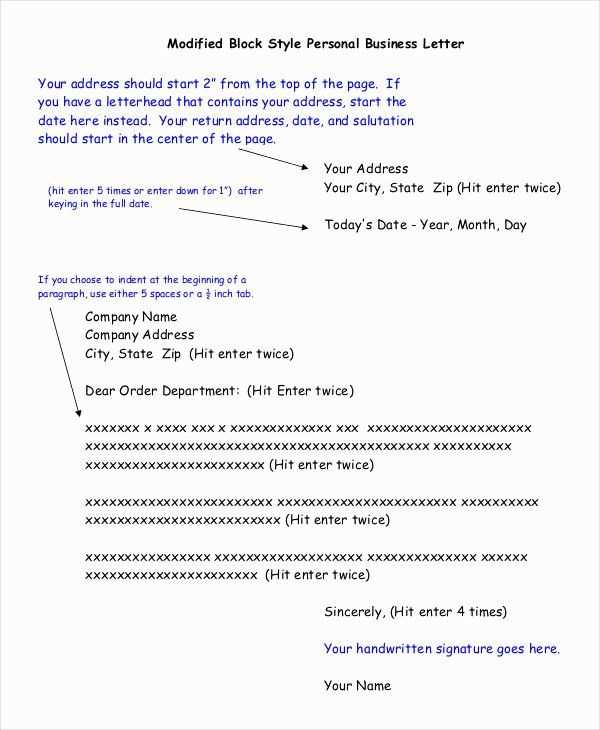
Here’s how a complete block format business letter might look:
[Your Address] [City, State, Zip Code] [Date] [Recipient’s Name] [Recipient’s Title] [Company Name] [Company Address] [City, State, Zip Code] Dear [Recipient’s Name]: [Paragraph 1: State the purpose of your letter clearly and directly. Begin with the most important information. Be concise and polite.] [Paragraph 2: Provide additional details or background information. Ensure this section supports the purpose stated in the first paragraph.] [Paragraph 3: Wrap up your message. Include any necessary call to action or next steps.] Sincerely, [Your Signature (if sending a hard copy)] [Your Typed Name] [Your Position/Title] Enclosures: [List any documents you are including]
This block format helps maintain professionalism while ensuring the letter is easy to read. Always check for grammar and clarity before sending your correspondence. Keep your tone courteous and to the point, respecting the recipient’s time.
Block Format Business Letter Template
How to Set Up a Letter in Block Format
Correct Placement of Sender’s and Recipient’s Details
Selecting the Appropriate Salutation for Various Situations
Formatting the Letter’s Body for Clarity
How to Sign Off Professionally in Block Format
Tailoring the Letter for Specific Purposes (e.g., requests, complaints)
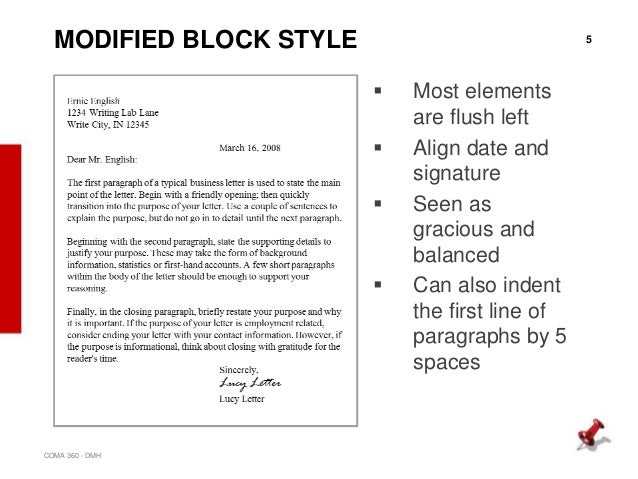
Start with the sender’s information placed at the top of the letter, aligned to the left. Include the full name, address, city, state, ZIP code, phone number, and email address. Leave a space after this section before adding the date. The recipient’s details follow, also aligned left, with their name, title, company, and address on the next line.
Correct Placement of Sender’s and Recipient’s Details
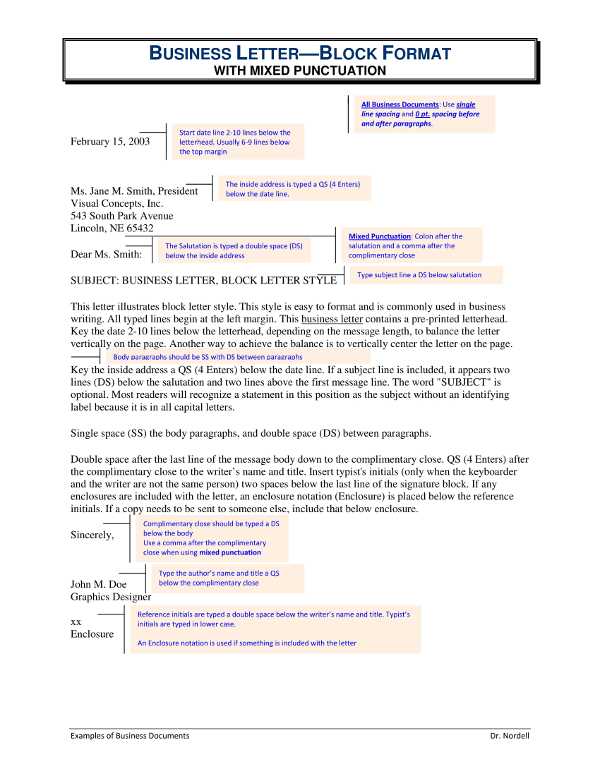
The sender’s details should be positioned at the top left, followed by the date and the recipient’s information. If the letter is formal, make sure to address the recipient with their full name, title, and company name, keeping everything aligned to the left margin. If applicable, include a subject line between the recipient’s details and the salutation.
Selecting the Appropriate Salutation for Various Situations
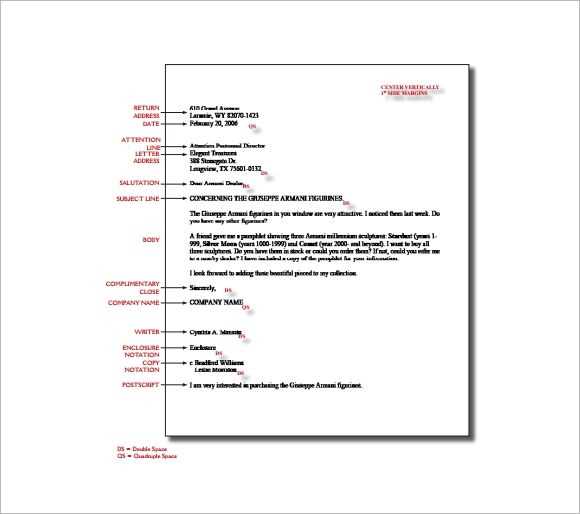
The salutation should match the relationship with the recipient. For formal letters, “Dear [Title] [Last Name]” works best. For less formal correspondence, use “Hello [First Name],” or “Hi [First Name],” depending on familiarity. Avoid using generic salutations unless you know the recipient’s name is not available.
Next, format the body of the letter with clear paragraphs. Keep the language straightforward and to the point. For clarity, break the text into smaller paragraphs, each focusing on a specific aspect of your message. This makes the letter easy to read and follow.
The closing should be formal, such as “Sincerely,” “Best regards,” or “Yours faithfully.” Leave several lines of space for your signature, then type your name and position underneath. Sign the letter by hand, particularly for official or legal correspondence.
Finally, tailor the letter’s content to suit its purpose. Whether you are making a request or lodging a complaint, clearly state your intentions in the body. If it’s a complaint, stay polite and professional, offering solutions where applicable. For requests, be specific and concise about your needs.